The Alloy Story
Purchasing an alloy trailer is an investment in a premium product, that if well cared for will see many years of service.
Dunbier’s range of Alloy Trailers is one of the most advanced available in the market. It easy to simply say that, but we wanted to share with you some of the science behind why you should seriously consider our products before you rush out and make a purchase you may regret… We have kept it simple in this section but in reality, the Dunbier Alloy trailer range is anything but simple… Let’s look at some of the special things that only we offer…. And most importantly why…
Section 1 … The Shape of the future.
Engineers will tell you (depending on how much time you have to listen) that the shape of a material is critical when designing things to work effectively. We all understand that a simple plastic ruler is very flexible one way, but incredibly strong in the other.… and who hasn’t tried to break an egg with their hands end to end… ( Try it at home if you’re interested!!) but the reality is that the shape of an item changes its properties considerably. Got it Great!! Now let’s look at the science…
Understanding I-Beam
I beam has a top and bottom “flange”, that is joined by the “web” in the middle. The flanges provide the strength and the web is there to hold them together. When you place a load on the I beam from directly above, the bottom flange tries to stretch (called Tension) and the Top Flange tries to squeeze together (compression). The further apart and thicker the flanges… the stronger the shape… all good so far? Great.
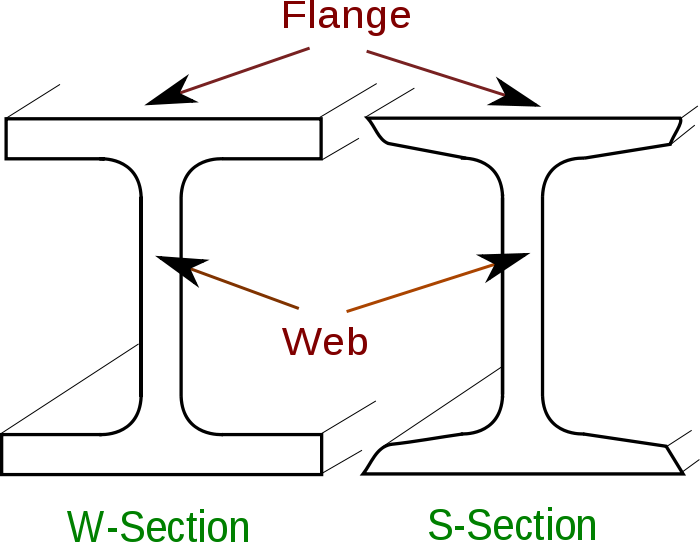
Now let’s try one thing… Let’s apply force in the opposite direction…. Ouch… immediately the I beam’s weakness is exposed, as we are not pushing in the direction the I beam was designed to resist it has nowhere near the same structural strength.
Think for a minute, have you ever seen I beam used on its side… No, it is only good at resisting force in one direction.
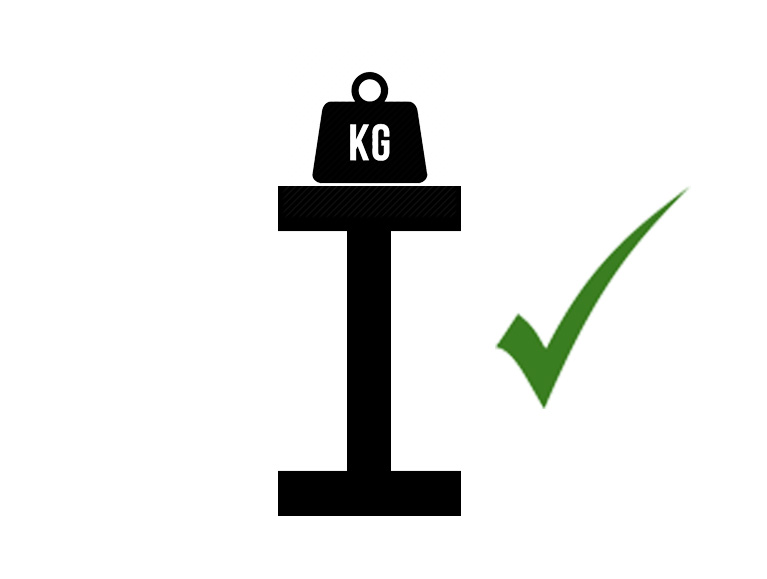
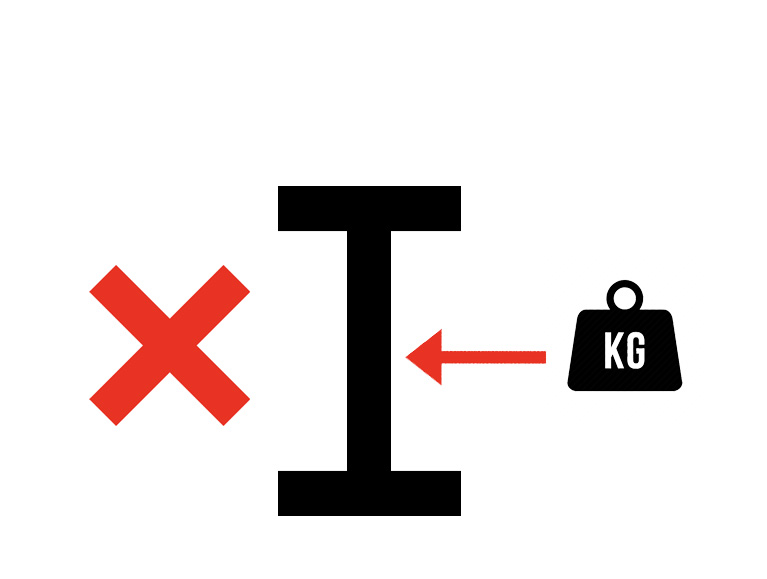
Dunbiers Patented X-Beam extrusion.
At Dunbier we have been manufacturing trailers for over 50 years, and we understand that the forces applied to trailers when towing are varied and come from many directions. Hence the Introduction of X beam. (affectionately known as Excalibur after they mythical sword of legends).
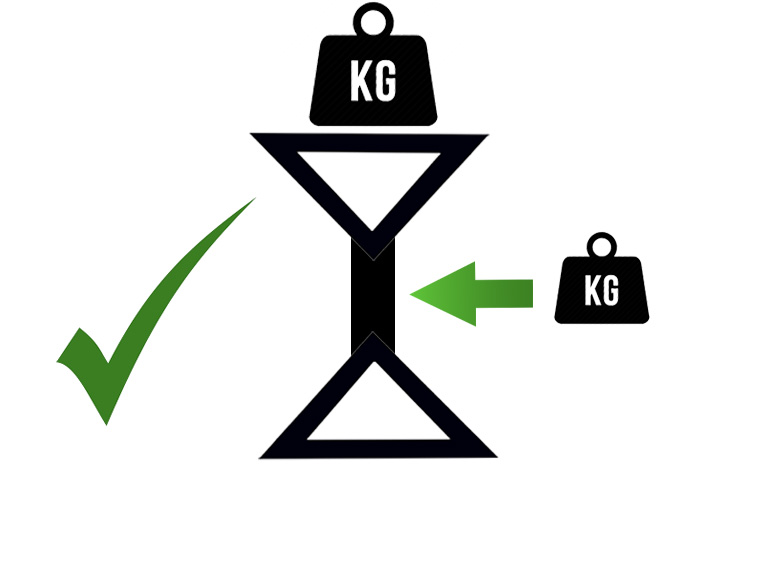
X-beam is essentially two triangles facing each other and joined by a narrower web in the middle… By changing the shape of our specialised extrusion, we have completely changed the physical properties of the product… The result, a massive increase in structural performance.
The X-Beam resists forces by almost 35-40% over a traditional I-beam depending on the direction they are applied… Its not cheap, nor is it the easiest way to start…. But it certainly is a far superior product to begin with.
(Still not sure… think about all the tall radio/tv masts you have ever seen, they are made from a triangle shaped frame and gusseted with triangles… Why?… Because triangles resist forces in several directions… Fact.)
Section 2 To Bolt, or to Weld…. Is it even a question?
The Bolt on Brigade…
There is a vast range of bolt together alloy trailers on the market, and to be polite about it, in general they are all the same… Two big slabs of I-Beam with steel or alloy cross members bolted in between, all bolted to a heavy steel drawbar… Why… Well put simply, Its cheap, its simple and it requires no skilled tradesman or equipment. Just like putting together a big Meccano set, anyone can do it and if you compare the ‘bolt together‘ products in the market… you will very quickly realize that they are almost identical. (Our advice if you are considering one of these… Buy the cheapest you can find as they are all just about the same…) Perhaps the biggest flaw in the design of many is the mounting of cross members. Originally alloy trailers had cross members mounted on top of the I beam so loads were dispersed mechanically, and the bolts simply held the beam in place. This meant that boats sat very high in the frame. SO, the current trend is to mount cross members “Under” the I beam to lower the boat… The issue this creates is a simple one, now it’s only the bolts that are drilled through the flanges that carry the load. And that load is highly concentrated to the area the size of the washer… Not ideal, you would have to agree.
Every bolt allows for micro movements and vibration, and over time this continues to multiply, the eventual result is potential fatigue and failure.
Full Seam Welding… the craftsman’s choice.
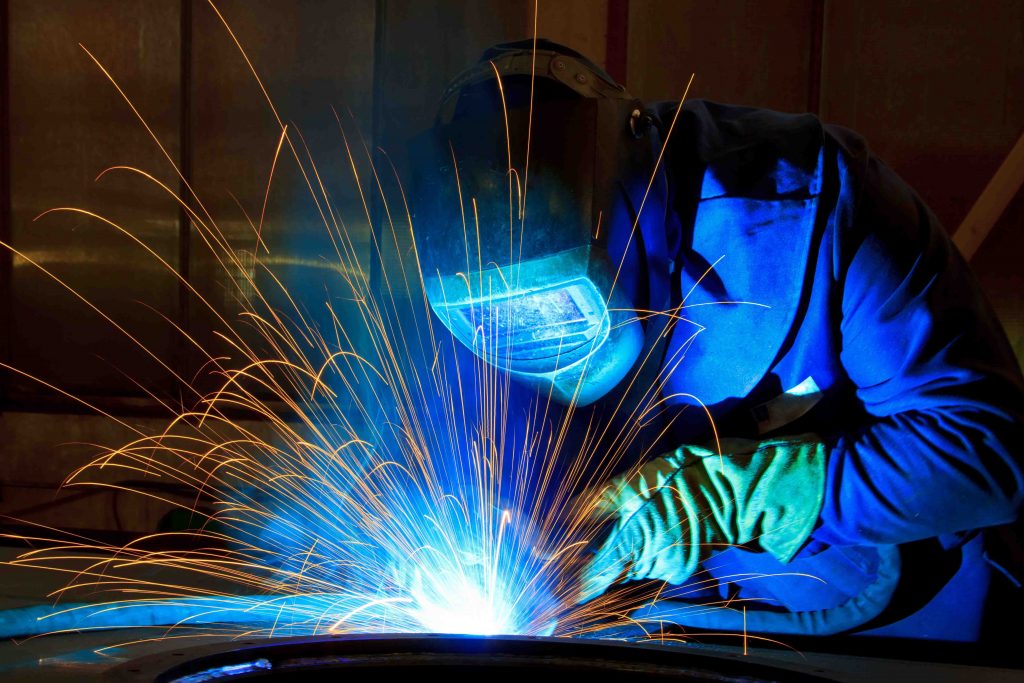
Dunbier Alloy trailers do not use a single bolt in the main frame that supports your hull, not one. Our master welders painstakingly weld every single crossmember, A-frame, stiffener and drawbar by hand. Take a closer look and you will see that structurally the X-Beam frame is manufactured as a single unit, and if you appreciate craftsmanship take a little time to inspect the welds close up, we are sure you will approve.
The structural welding of aluminium is not simple, and it requires specialist people and equipment. It is what we have invested in to bring our customers a truly superior product. Unlike a bolted trailer, the forces applied to a fully welded trailer are distributed more broadly as the entire assembly acts as one. And importantly, the crossmembers carrying your pride and joy are not being held in place by a few bolts as every kilo of weight is being distributed across the entire weld seam.
Why do we do it? because we have always been an innovator and we take pride in the things that carry the Dunbier name.
Section 3 Galvanic Corrosion…. The silent assassin
Galvanic corrosion is a reality for anyone involved in boating, it’s a simple thing to understand, but not always a simple thing to avoid…
It’s a type of corrosion that occurs when two “dis-similar” metals come into contact in the presence of a conductor. What happens is that electrical energy travels though the metals and either one or the other corrodes depending on where it sits on the “Galvanic Scale of Noble Metals” … Okay sounds confusing, well its not.
Example: Your outboard motor has what’s called a Sacrificial Anode. This is something that has been installed by the manufacturer to prevent galvanic corrosion destroying things. Energy that travels through the different metals of the motor needs to go somewhere, so it will travel into the water that acts as the earth. When these energy particles leave the metal, they take a tiny amount of that metal with them. Think of it like an ice cube melting and you will get the picture. The Sacrificial Anode is designed to be the softest (on the galvanic scale that is) metal in your engine so all the energy that is looking to find its way to an earth travels through it and takes a little bit with it when it does. The anode is far cheaper to replace than your engine and in most cases is replaced annually on a trailer boat.
Great: Now let’s look at Trailers…
As you just found out, electrical energy exists at the atomic level (that’s heavy) and things like friction from your wheels rotating, brake systems and the passing of current from lights etc. Create more energy that is travelling through your trailer. (like static when you walk on carpet) When you launch your boat (or when it rains) the water acts as a conductor and galvanic corrosion ramps up. Whilst it is always present there are things you can do that really focus this corrosion in one place… Namely put a Galvanised steel bolt through a softer Alloy I-Beam.
(If you have ever used a stainless-steel screw or bolt to mount something in your aluminium boat and the paint blisters around it, or the screw becomes loose, you have just witnessed galvanic corrosion.)

By using galvanised or stainless steel bolts in the frame, you have created a sacrificial anode out of alloy frame itself. The more bolts, the more galvanic corrosion taking place in various locations throughout your frame. It’s one of the key reasons that if you purchase a bolt together trailer you are reminded to re-tension the bolts regularly. Put simply as the lesser alloy material is eaten away by the corrosion, the bolt loosens, the hole elongates, and you get more movement. There are barrier pastes available that are designed to try and insulate the two metals from coming into contact, but they don’t last forever and require regular application. The best way to avoid it… Remove the bolts from the equation permanently!
Galvanic corrosion and its prevention is a vast science, and at Dunbier we are not scientists but we do understand that sometimes doing things the easy way, isn’t the best way. Its why we do not bolt our trailer frames together, we take the time and expense to do it properly.
We hope that this has helped you to understand why we do what we do, an Alloy trailer is not only lighter and visually appealing, it’s a long term investment that should keep you out on the water for many years to come.
To find out more about the Dunbier X-Beam alloy range contact your local dealer or drop us a line via our contact page.
Other Standard Features:
- Unique “Bolt Free” welded alloy frames for lifelong peace of mind.
- Custom Waterproof LED Lighting system.
- Concealed internal wiring harness that prevents damage to your electrics and adds to the visual appeal.
- Heavy Duty “Swing up” jockey wheel as standard.
- Australian Standards Approved Couplings for security when under tow.
- Pre-Machined 15MM Brake rotors (where fitted) and 150MM Heavy duty Non-Braked hubs to keep you rolling out on the highway.
- Bearing Protectors and High-grade Automotive seals that won’t let you down.
- Customised 4 bend axle for increased keel clearance and a lower ride height.
- High Grade Light truck DOT Approved tyres as standard.
- Galvanised U-bolts, nuts and plates throughout.
- Matched Strap Winches that won’t bind on the drum.
- Dunbier “ Undercarriage System” for fine tuning of your trailer balance.
